If you’ve been having trouble with fungus in your garden soil, you’re not alone. Fungus can be a major problem for gardeners, especially during the summer months. In this article, we will answer some common questions about fungus and provide tips on how to get rid of it. We’ll also discuss the different types of fungus that can affect your garden, and how to prevent them from taking over. So read on to learn more!
What Does Fungus Look Like In Soil?
Fungus in garden soil can appear in a few different ways. One of the most common signs of fungus is mushrooms. These can pop up overnight and are often the first sign that something is wrong with your soil. If you see mushrooms, it’s important to remove them immediately, as they can spread the fungus to other parts of your garden.
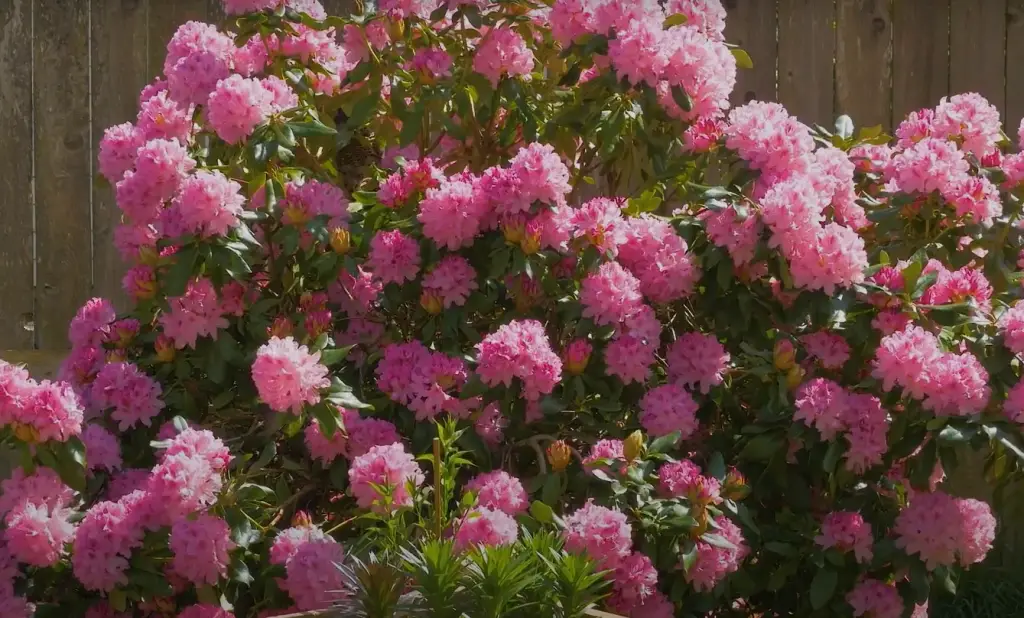
Another way to tell if there’s fungus in your soil is by looking for white, fuzzy patches on the surface of the soil. This is called mycelium, and it’s a sure sign that there’s a problem with your soil. Mycelium can spread quickly, so it’s important to take action as soon as you see it.
Finally, another way to tell if there’s fungus in your soil is by the health of your plants. If you notice that your plants are wilting, yellowing, or otherwise not looking healthy, it could be a sign that they’re being affected by fungus.[3]
What Causes Soil Fungus?
There are many different types of fungi that can live in garden soil, and they can be caused by a variety of things. One of the most common causes is too much moisture. When soils are constantly wet, it creates the perfect environment for fungi to thrive. Additionally, compacted soils that don’t have good drainage can also lead to fungus problems.
Another cause of soil fungus is the use of chemical fertilizers and pesticides. These products can actually kill off beneficial fungi that help keep harmful ones in check. As a result, it’s important to use organic methods whenever possible to avoid unintentionally promoting fungal growth.
Finally, some types of plants are more susceptible to fungal diseases than others. If you have plants that are particularly vulnerable, they may be more likely to attract fungi even if the conditions in your soil are otherwise ideal.[3]
Soil Fungus Basics
Most people are familiar with the term “fungus” in relation to mushrooms. Mushrooms are only a small part of the fungi kingdom, however.
Fungi play an important role in nature, helping to decompose dead plants and animals. Some types of fungi are even used in the food industry and as medicine.Fungi generally prefer damp conditions and thrive in warm weather. Gardeners often encounter soil fungus when they have overwatered their plants or if the soil doesn’t drain well. Soil fungus can also be spread by using infected gardening tools or mulch.[1]
Is Your Plant’s Soil Fungus Beneficial, Benign, or Harmful?
The first step to dealing with any kind of fungus is to figure out what type it is. Fungi come in three forms, each with its own benefits and drawbacks: beneficial, benign, or harmful.
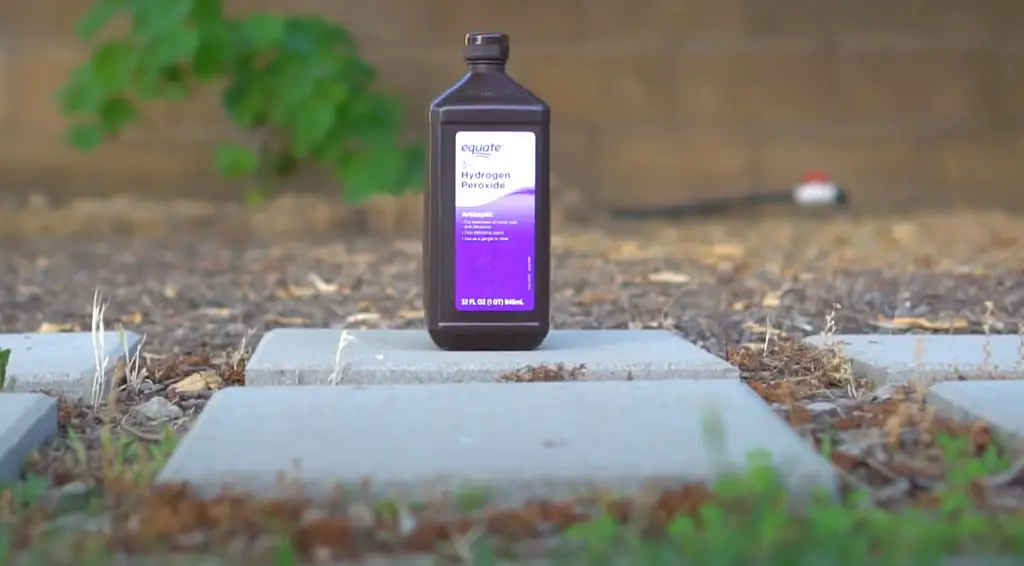
Beneficial fungi are the ones you want in your garden. They live in symbiosis with plants, helping them absorb nutrients and water while protecting them from disease. Mycorrhizal fungi are a prime example of this relationship; they’re essential for the health of most trees and shrubs.
Benign fungi aren’t necessarily bad, but they don’t do anything to help your plants either. The most common type of benign fungus is saprophytic, which means it feeds on dead organic matter. While this might not sound desirable, it’s actually a good thing because saprophytic fungi help break down that matter and recycle its nutrients back into the soil.
Harmful fungi are the ones you need to watch out for. They can cause diseases in plants that range from mild leaf spot to complete defoliation. Many harmful fungi are host-specific, meaning they only affect one type of plant. Others, like powdery mildew, can infect a wide range of species.[1]
Chemical Fungicides
The most common and effective method of getting rid of fungus in garden soil is to treat it with a chemical fungicide. There are many different fungicides available on the market, so be sure to read the label carefully and choose one that is specifically designed to kill the type of fungus you have.
Most fungicides need to be applied every two weeks or so, in order to be effective. Be sure to follow the instructions on the label carefully, as applying too much fungicide can actually do more harm than good. If you’re not sure how much fungicide to use, ask your local nursery or gardening center for advice.[1]
Natural Remedies
Baking Soda
One of the most popular ways to get rid of fungus in garden soil is by using baking soda. Baking soda is a natural fungicide that can kill off many types of fungi. To use this method, simply sprinkle some baking soda onto the affected area and water it well. You should see results within a few days.[3]
Hydrogen Peroxide
Hydrogen peroxide is a great way to get rid of fungus in garden soil. You can either buy it at the store or make your own. To make your own, mix one part hydrogen peroxide with two parts water. Then, pour this mixture over the affected areas of your garden soil. Let it sit for 30 minutes before rinsing it off.
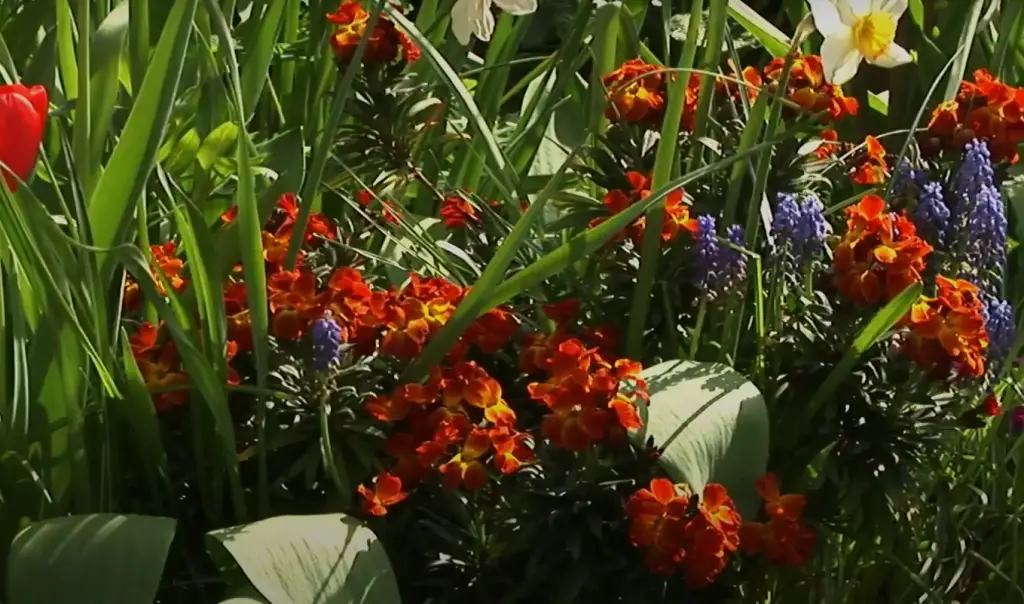
If you decide to buy hydrogen peroxide, be sure to get the food-grade variety. This type is safe to use around plants and animals.[1]
Cinnamon Powder
Cinnamon is a popular spice that has many uses, including getting rid of fungus in garden soil. Cinnamon powder can be sprinkled on the affected area and then covered with a plastic sheet. Leave it for 24 hours before removing the sheet. You can repeat this process every few days until the fungus is gone.[4]
Turmeric Powder
Turmeric powder is a great way to get rid of fungus in garden soil. It is a natural antifungal and will help to kill the fungus. You can add turmeric powder to your soil or you can make a tea with it and water your plants with it.[4]
Clove Oil
Clove oil is another great way to get rid of fungus in garden soil. It is a natural antifungal and will help to kill the fungus. You can add clove oil to your soil or you can make a tea with it and water your plants with it.[4]
Garlic Paste
To make a garlic paste, you will need:
- A food processor or blender
- A cup of water
- A clove of garlic for every square foot of garden soil
- One teaspoon of liquid dish soap (optional)
Directions
Pulse the cloves of garlic in the food processor or blender until they are minced. Add the water and blend again until combined. If desired, add the liquid dish soap which will help the mixture to adhere to the fungus. Apply the paste directly to affected areas. Repeat as necessary.[4]
Neem Oil
Neem oil is a natural fungicide that can be used to treat a variety of fungal diseases. It is safe to use on fruits and vegetables. To use neem oil, mix it with water and spray it on the affected area.
To do this, mix one part neem oil with ten parts water. Then, simply pour the mixture over the affected area. The neem oil will help to kill the fungus and prevent it from coming back.Just remember that too much neem oil can be harmful to plants, so be sure to follow the directions on the label carefully.
Lemon Juice
Lemon juice is an effective way to get rid of fungus in garden soil. The citric acid in lemon juice will kill the fungi and help to prevent its growth.
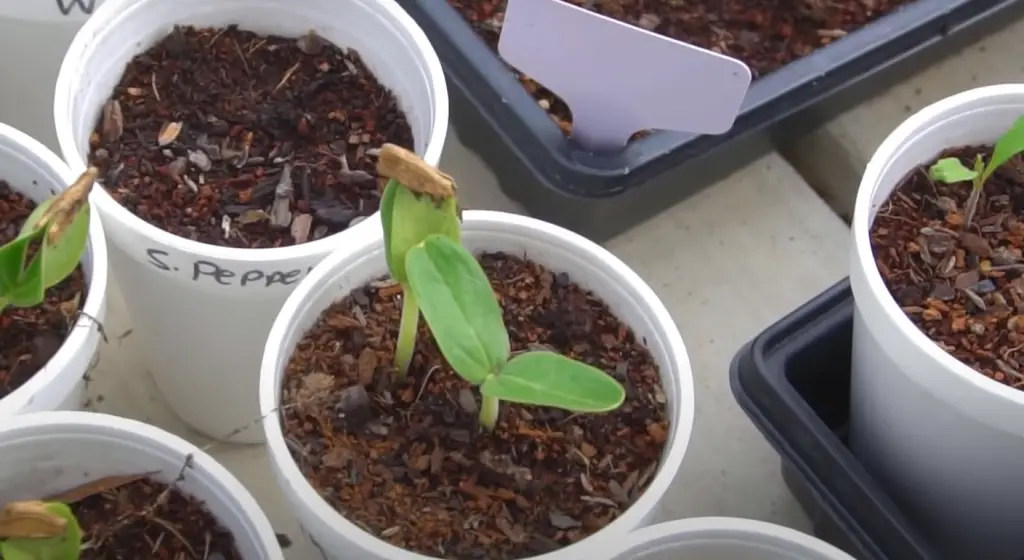
To use, simply mix equal parts lemon juice and water. Apply this mixture to the affected area with a spray bottle or cloth. Let it sit for a few hours before rinsing it off with clean water. Repeat this process as needed until the fungus is gone.
Treatments to Avoid
Vinegar
There are a lot of myths out there about vinegar being a cure-all for fungus and other garden problems, but the truth is that it can actually do more harm than good. Vinegar is too acidic for most plants, and can actually kill them. It will also make your soil less hospitable for beneficial microbes. So while vinegar might kill the fungus in your soil, it will also kill everything else, leaving you with an even bigger problem.
Boiling Water
Boiling water is one of the most effective methods to get rid of fungus in garden soil. It kills the spores and prevents them from germinating. Moreover, boiling water also disinfects the soil and gets rid of other pathogens that might be present in it.[3]
To use this method, you need to:
- Bring a pot of water to a boil on your stovetop.
- Pour the boiling water over the affected area in your garden. -Make sure to cover all the contaminated soil with boiling water.
- Let the hot water cool down before coming into contact with it. -Repeat this process once every week until the fungus is gone completely.
Preventing Harmful Soil Fungus
Remove Diseased Leaves From Plants
Leaves that are infected with fungus should be removed from the plant and disposed of properly. This will prevent the spread of the disease to other parts of the plant, as well as to other plants in your garden.[2]
Keep Soil Surface Clean
The first and most important step in preventing fungus is to keep the soil surface clean. This means removing dead leaves, stems, and other debris from the garden bed. If you have mulch on your garden beds, be sure to rake it back every so often to allow the soil to dry out.[2]
Carefully Control Soil Moisture
If you have a fungus problem in your garden, it is likely that the soil is too moist. Fungi thrive in wet conditions, so the first step to getting rid of them is to carefully control moisture levels in the soil.

The best way to do this is to water your plants early in the day, so that the sun can quickly dry out any wet leaves or stems. If possible, avoid overhead watering which can leave your plants’ leaves damp for extended periods of time.
In addition, make sure that your garden has good drainage. Soil that stays soggy will encourage fungal growth. If necessary, improve drainage by adding organic matter such as compost or peat moss to help absorb excess water.[1]
Improve Growing Conditions
To help prevent fungus from taking hold in your garden soil, start by improving the growing conditions. Fungus thrives in damp, shady areas with poor drainage.
If you already have a garden, consider adding some organic matter to the soil to improve drainage. You can also try planting disease-resistant varieties of plants.[1]Don’t Over Fertilize
One of the main reasons people end up with fungus in their garden soil is because they over-fertilize. This can be easily avoided by using organic fertilizers and following the instructions on the package. Also, make sure to test your soil before adding any fertilizer so you know what it needs.
Over-fertilizing not only leads to fungus, but it can also harm your plants. So if you’re noticing that your plants are looking unhealthy, it could be a sign that you’re giving them too much fertilizer. Back off on the fertilizer and see if that helps improve the health of your plants.[1]
Clean Equipment
One of the most important ways to prevent the spread of fungus is to clean your gardening equipment after each use. This includes tools, gloves, and even your shoes. You can clean them with a bleach solution or by boiling them in water for several minutes.
It’s also a good idea to disinfect any containers that you’ll be using to store garden soil or plants. You can do this by spraying them with a diluted bleach solution or soaking them in a strong vinegar solution.[1]
Sterilize Potting Soil
One way to get rid of fungus in garden soil is to sterilize the potting soil. You can do this by putting the potting soil in a large pot or container and adding boiling water. Let the potting soil sit in the boiling water for 30 minutes. After 30 minutes, remove the potting soil from the boiling water and let it cool down. Once the potting soil has cooled down, you can use it to plant your plants.
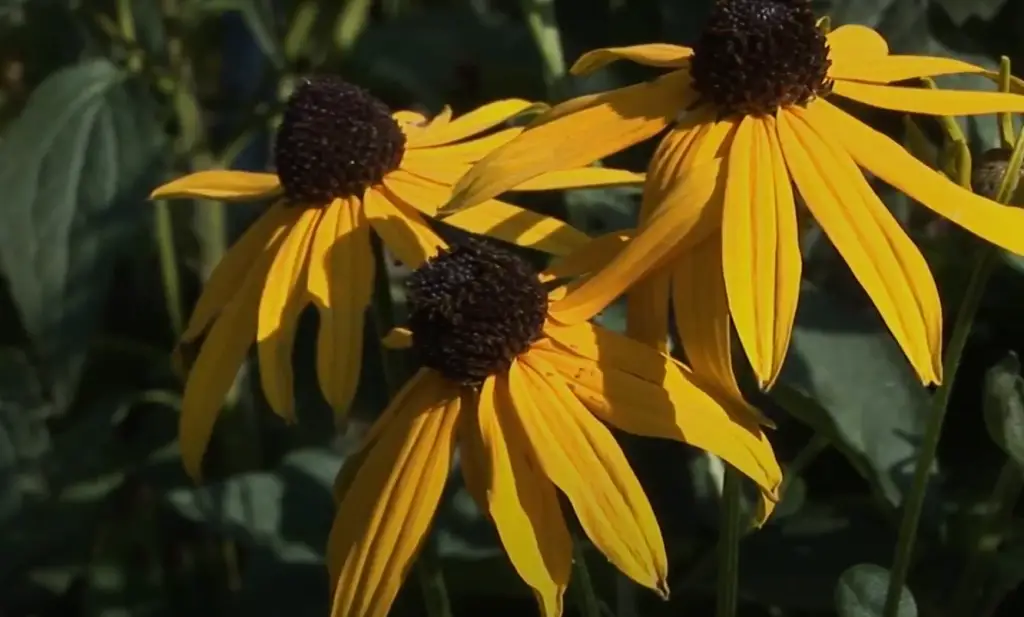
Another way to sterilize potting soil is to bake it in the oven.
Once the potting soil has cooled down, you can use it to plant your plants.Natural Antifungals
There are many natural ingredients that can help to get rid of fungus in garden soil. Some of these include:
- Vinegar: Vinegar is a natural antifungal and can be used to treat fungal infections topically or internally.
- Tea tree oil: Tea tree oil is another effective natural antifungal agent. It can be used topically or diluted and added to garden soil.
- Oregano oil: Oregano oil has both fungicidal and antibacterial properties making it an ideal treatment for garden fungus. It can be applied directly to affected areas or diluted and added to soil.
- Cinnamon: Cinnamon is a common kitchen spice that also has antifungal properties. It can be used to treat fungal infections topically or added to garden soil.
- Garlic: Garlic is a natural antifungal and antibacterial agent that can be used to treat fungal infections internally or added to garden soil.
- Hydrogen peroxide: Hydrogen peroxide is a powerful oxidizing agent that can kill fungus on contact. It can be applied directly to affected areas or diluted and added to garden soil.
Inspect and Quarantine New Plants
One of the most common ways that fungus finds its way into your garden is through new plants. If you’re buying new plants, inspect them carefully for signs of fungus before bringing them home. If you see any signs of fungus, don’t bring the plant home.
If you’re getting new plants from a friend or neighbor, it’s also a good idea to quarantine them before adding them to your garden. This means keeping them in a separate area away from your other plants for a few weeks to make sure they’re not carrying any disease or pests.[1]
How Do I Get Rid of Soil-Borne Fungus in Containers?
Isolate the Plant
The first step is to isolate the plant. This can be done by removing it from the pot and placing it in a new one with fresh, clean potting mix. Once you’ve potted up your plant, water it well and wait a few days to see if the fungus has cleared up. If not, you may need to treat the plant with an anti-fungal solution.[4]
Repot
One of the most common ways to get rid of fungus in garden soil is to repot your plants. This involves removing the plant from its current pot and planting it in a new one with fresh, sterile potting mix. If you’re repotting because of a fungus problem, be sure to clean the old pot thoroughly before using it again.
When repotting, always use fresh, sterile potting mix. If you’re not sure how to sterilize potting mix, you can buy pre-sterilized mix or sterilize it yourself by baking it in the oven at 200 degrees Fahrenheit for 30 minutes. Be sure to let the mix cool completely before using it.
Move the Plant to a Sunny Spot
If you have a plant that is suffering from fungus, one of the best things you can do is to move it to a sunny spot. This will help to kill the fungus and prevent it from spreading.
If you have a plant that is already in a sunny spot, you may need to move it to a different location in your garden so that the fungus has less of an opportunity to spread.

In some cases, moving the plant may not be possible or may not be enough to get rid of the fungus. In these cases, you will need to take additional measures.[4]
Use Chamomile Tea
If you have fungus in your garden soil, one of the best things you can do is use chamomile tea. Chamomile tea has anti-fungal properties that make it a great way to get rid of fungus. To use chamomile tea, simply brew a cup of tea and then pour it over the affected area. You can also add chamomile essential oil to a spray bottle and use it to mist the affected area.
Mix in Mulch
Mulch is a great way to get rid of fungus in garden soil. It helps to keep the soil moist and also provides a barrier between the soil and the plant’s roots. This can help to prevent the spread of fungus. You can find mulch at your local gardening store or online.
Another option is to make your own mulch. This is easy to do and you can find instructions online or in gardening books.
Once you have your mulch, simply spread it around the base of your plants. Be sure to cover the entire root system. You can also add a layer of mulch around trees and shrubs.
Increase Ventilation
Fungus thrives in moist environments. If you have a problem with fungus in your garden soil, one of the best things you can do is to increase ventilation and airflow. This can be done by opening up the area around your plants to allow more air circulation. You can also add a layer of mulch to help improve drainage and keep the soil from getting too wet.[4]
Spray a Fungicide
If you notice any fungus growing on your plants, it’s important to take action right away.
Be sure to follow the directions on the label carefully, as different products will have different instructions.Another option is to make your own fungicide at home. There are a few recipes that you can find online, but one of the simplest is to mix equal parts water and white vinegar. This solution can be sprayed directly on the affected area.[4]
FAQ
How long does fungus live in soil?
Fungus can live in soil for a long time, sometimes indefinitely. However, they typically only become a problem when the conditions are right for them to grow and multiply rapidly. This can happen when there is too much moisture or not enough ventilation.
What causes garden fungus?
Fungus in garden soil is usually caused by too much moisture. Garden fungus thrives in moist, dark environments, so if your soil is constantly wet or damp, it’s more likely to develop a problem with fungus. ##What are the symptoms of garden fungus?
If you have garden fungus, you may notice that your plants are wilting or yellowing. You might also see spots on the leaves or stems, or fuzzy growths. In severe cases, the plant may die.
Is fungus good for your garden?
Fungus is a type of microorganism that helps decompose organic matter. In small quantities, it’s actually beneficial for your garden and soil health. However, too much fungus can cause problems for your plants. If you think you have a fungus problem in your garden, here are some common questions and answers to help you get rid of.
Useful Video:How to Destroy Fungus in Soil
Conclusion
We hope that this article was helpful in answering some of your questions about how to get rid of fungus in garden soil. As we mentioned, there are a variety of ways to go about it, and the best method will ultimately depend on the severity of the infestation. If you have any further questions or tips on getting rid of fungus, be sure to leave them in the comments below! Thanks for reading!
If you enjoyed this article, please share it with your friends or family who might also find it useful. And if you have any other gardening tips or tricks up your sleeve, we’d love to hear them! Leave us a comment below or reach out to us on social media. Until next time, happy gardening!
References:
- https://bustlingnest.com/soil-fungus/#
- https://www.hgtv.com/outdoors/gardens/planting-and-maintenance/get-rid-fungus-garden-soil
- https://whyfarmit.com/soil-fungus/
- https://www.evergreenseeds.com/how-to-kill-fungus-in-soil/





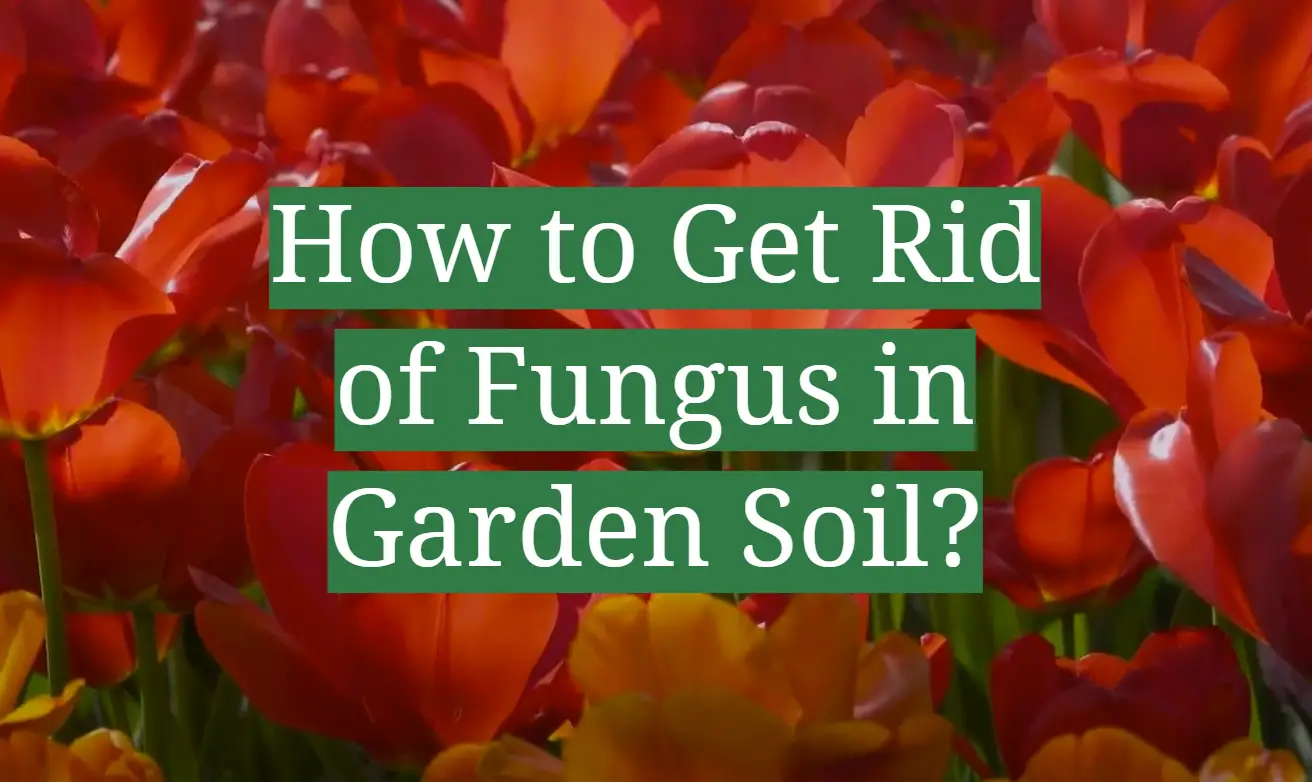



Leave a Reply
View Comments